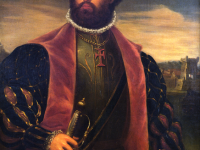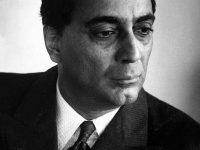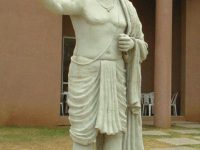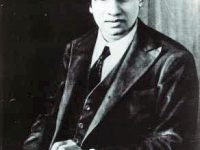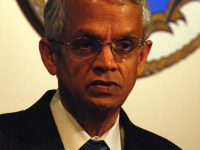Reshaping India’s Literature – Rabindranath Tagore
On May 7, 1861, Bengali polymath and Nobel Laureate Rabindranath Tagore was born. He was highly influential in introducing the best of Indian culture to the West and vice versa, and he is generally considered as the outstanding creative artist of modern India. “The truth comes as conqueror only because we have lost the art of receiving it as guest.” – Rabindranath Tagore, The Fourfold Way of India (1924); The Youngest of Thirteen…
Read more


